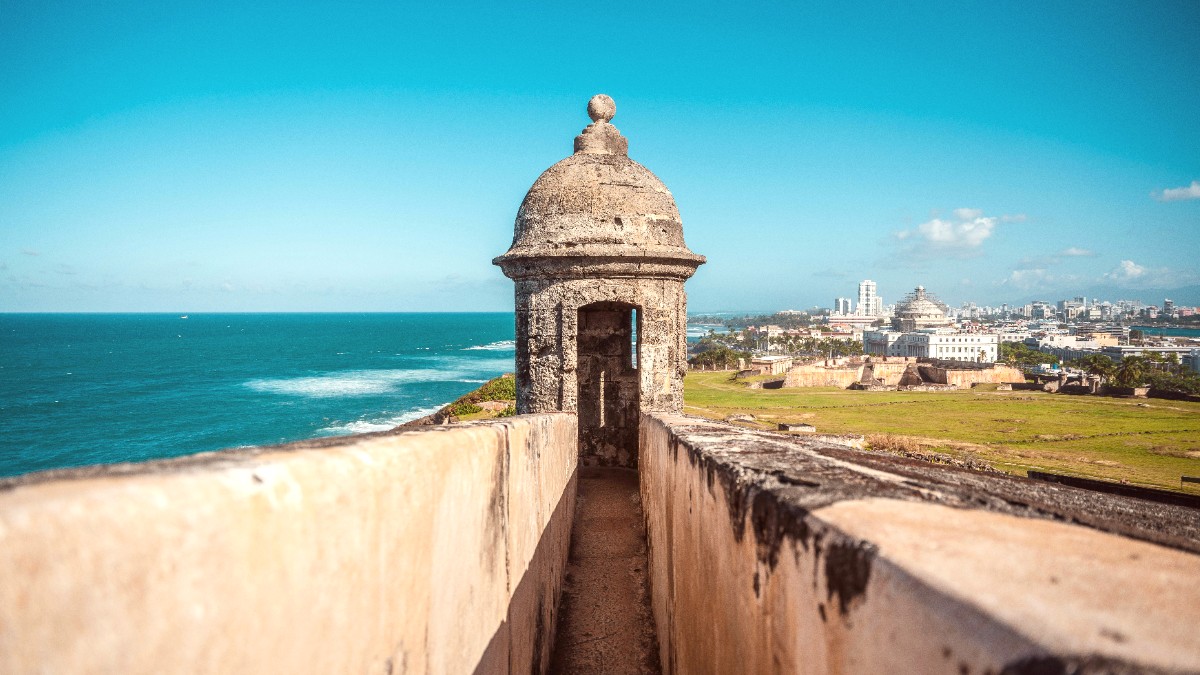
Puerto Rico
Travelers come to Old San Juan seeking an unique Caribbean experience that goes beyond sun and sand. They discover a city with deep cultural roots, a place where history is visible in the architecture and heard in the rhythms of daily life. The district is a testament to resilience, having withstood centuries of challenges. Its appeal lies in this combination: the beauty of its past, the warmth of its present, and the promise of discovery around every corner.
A trip here presents more than sightseeing; it creates an opportunity to connect with a culture that values hospitality, music, and good food.
The people of Old San Juan, proud of their heritage, often share stories and recommendations, rendering your visit personal. From the imposing walls of El Morro to the lively pulse of Calle San Sebastián, the district promises memories that last a lifetime.
Old San Juan occupies a strategic position on a small, elongated island at the entrance to San Juan Bay, on the northern coast of Puerto Rico. This location was not chosen by chance; its defensible peninsula gave Spanish colonists a superior vantage point for protecting trade routes and territorial claims in the New World.
The district itself is relatively small, measuring approximately seven square blocks, which renders it highly walkable. It features a grid-like street pattern, characteristic of Spanish colonial urban planning, designed for order and defense.
Made from dark blue slag, striking when wet, contributing character to the district.
Slight inclines and declines on streets provide varied perspectives of architecture and sea.
Coastal winds temper the tropical heat, offering comfort, especially in warmer months.
Paseo de la Princesa and Paseo del Morro feature refreshing walks with bay and Atlantic views.
The larger San Juan metropolitan area extends eastward, contrasting with the historic core.
This combination of urban design, historic fortifications, and natural coastal beauty marks Old San Juan's distinct geographical identity.
The Paseo del Morro features unparalleled views of El Morro from the water level. This path offers a different perspective than viewing the fort from above.
Its peninsula juts into the Caribbean, a symbol of Puerto Rico's enduring heritage.
Old San Juan's unique geography influenced its history and character, crafting a truly distinct Caribbean destination.
Old San Juan holds the distinction of being the oldest continuously inhabited European-established settlement in Puerto Rico and one of the oldest in the Americas.
This deep past shapes every aspect of the district, from its architecture to its traditions.
The city's beginnings trace back to 1508, relocating in 1521 for strategic reasons.
Numerous attacks from rival European powers spurred construction of formidable defensive systems.
Taíno, Spanish, and African influences formed La Cultura Puertorriqueña.
In 1898, after the Spanish-American War, Puerto Rico became a territory of the United States.
A compact district on a small islet, blending centuries of history with a lively, contemporary atmosphere.
Narrow, cobblestone streets lined with pastel-hued colonial buildings and balconies adorned with wrought iron.
Home to immense fortifications like Castillo San Felipe del Morro and Castillo San Cristóbal, dating from the 16th to 18th centuries.
Colorful streets of Old San Juan with people walking.
Panoramic view of El Morro from the ocean side.
Pictures capturing the blend of historic beauty and everyday activity.